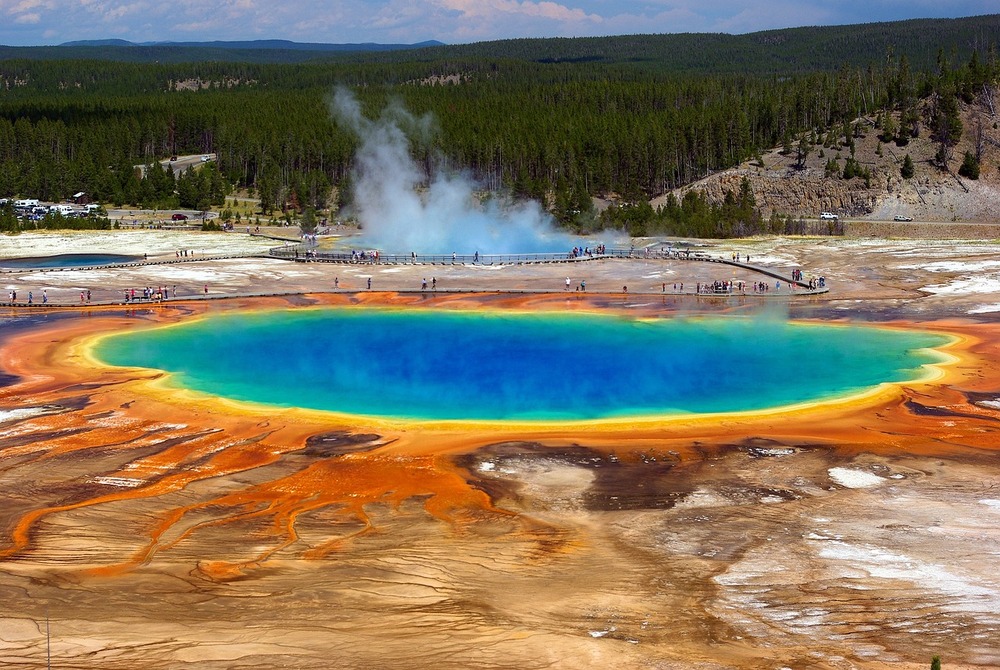
Researchers specializing in Yellowstone's supervolcano have made significant progress in determining when it might erupt.
Research published in the Nature journal highlights magma chambers within the Earth's crust and the potential dangers of a future volcanic eruption.
The research employed an innovative approach that identifies magma reservoirs by utilizing magnetic fields measured by devices positioned throughout Yellowstone National Park.
It has been discovered that the four underground magma reservoirs beneath Yellowstone hold more molten rock than the three major eruptions that created the Yellowstone caldera, the most recent taking place around 640,000 years ago.
Considering the substantial amount of magma present, scientists recognize that Yellowstone does not currently possess the prerequisites for a volcanic eruption, despite displaying alarming signs of activity in recent times.
"We have a significantly reduced concentration of magma in these pore spaces, resulting in fewer pore spaces filled with magma. This implies that these magmas are not able to connect with one another," stated co-author of the study and volcano seismologist, Ninfa Bennington.
There is no original text provided. Please provide the text to be paraphrased, including any existing language or quotes, and I'll be happy to assist you.
Sign up for MSN's latest content by subscribing to our content feed. Tap the 'Follow' button beside our logo at the top of the page.